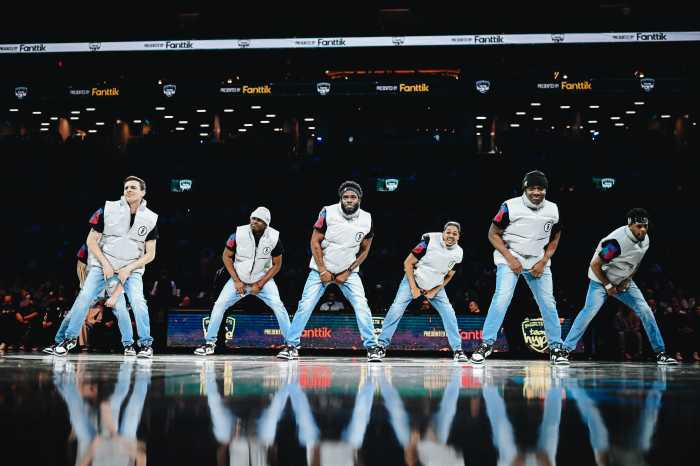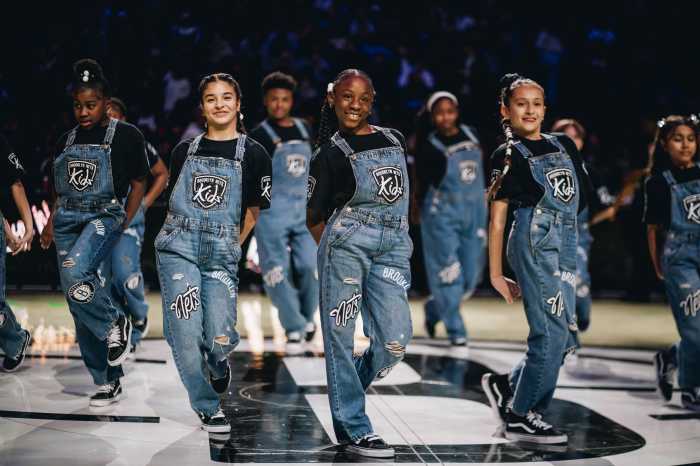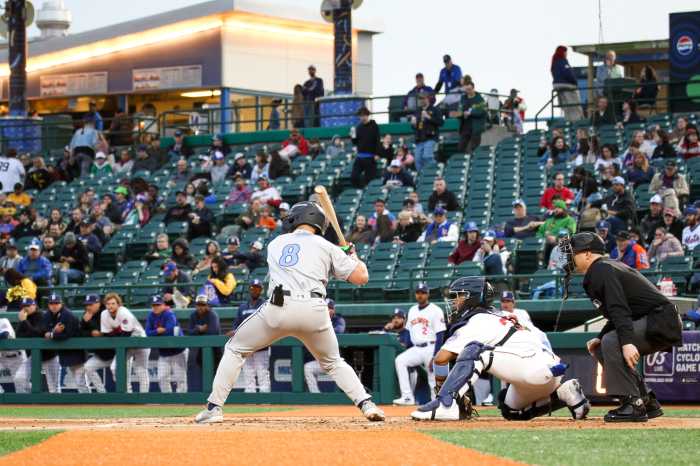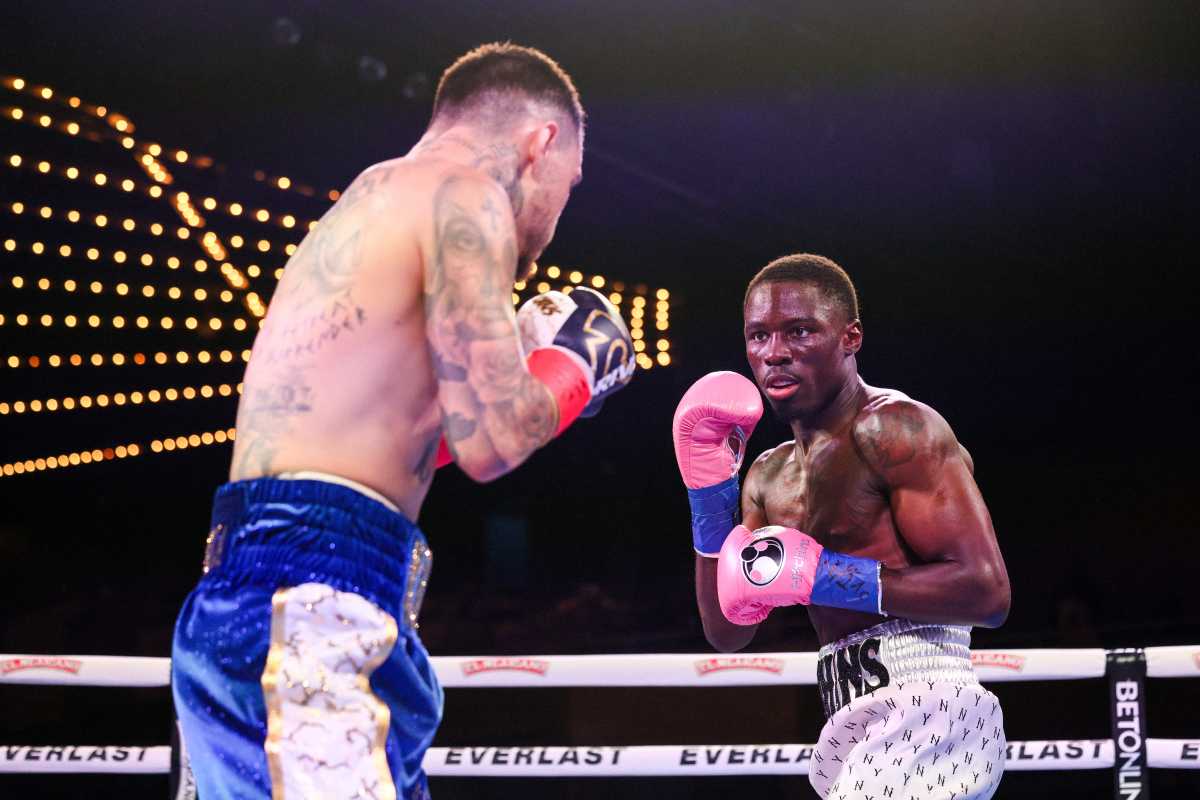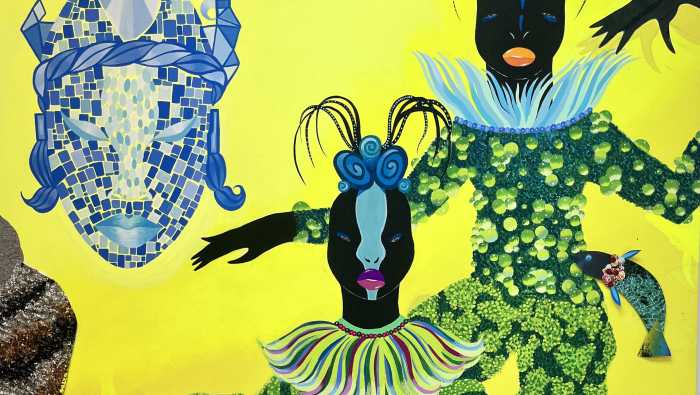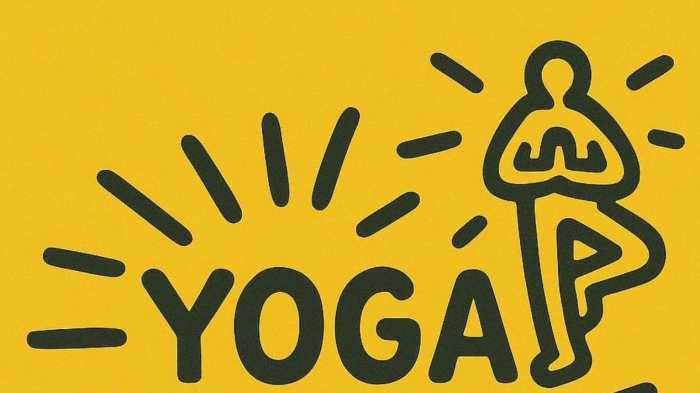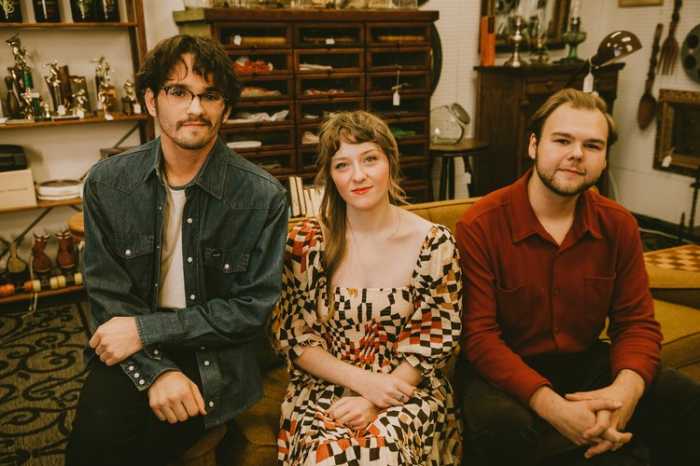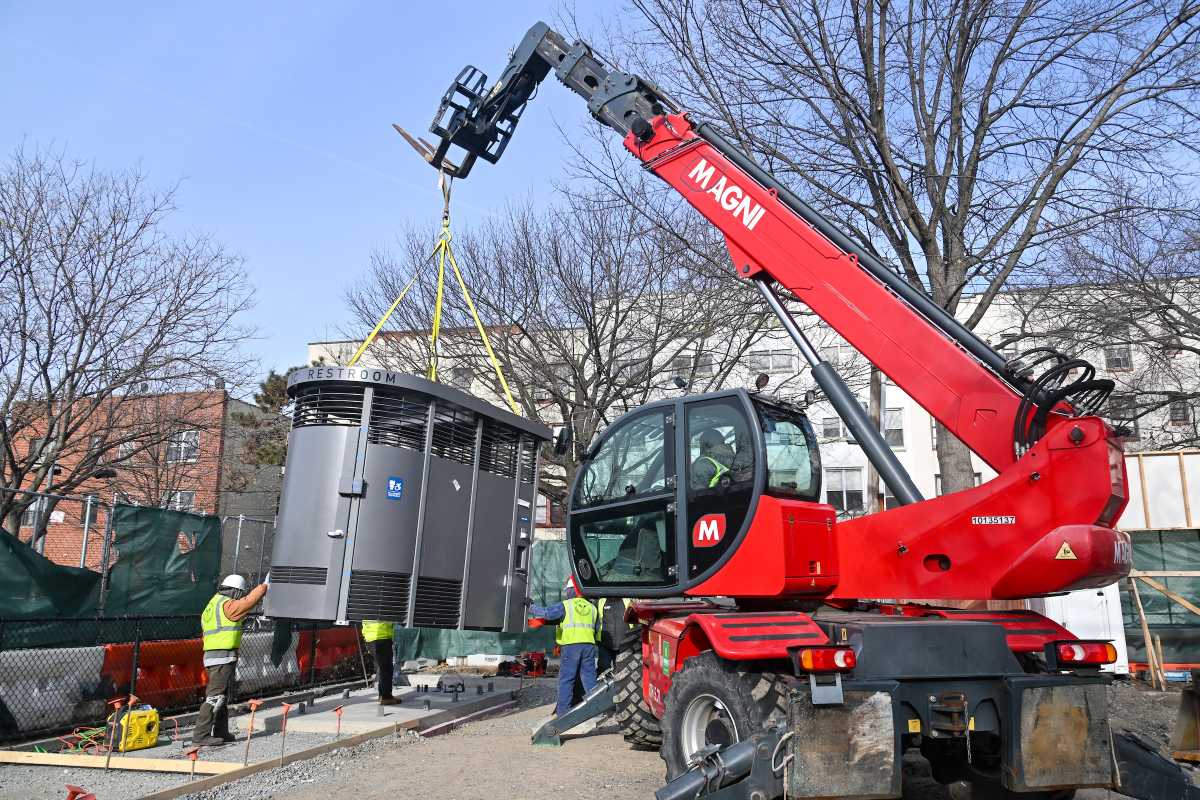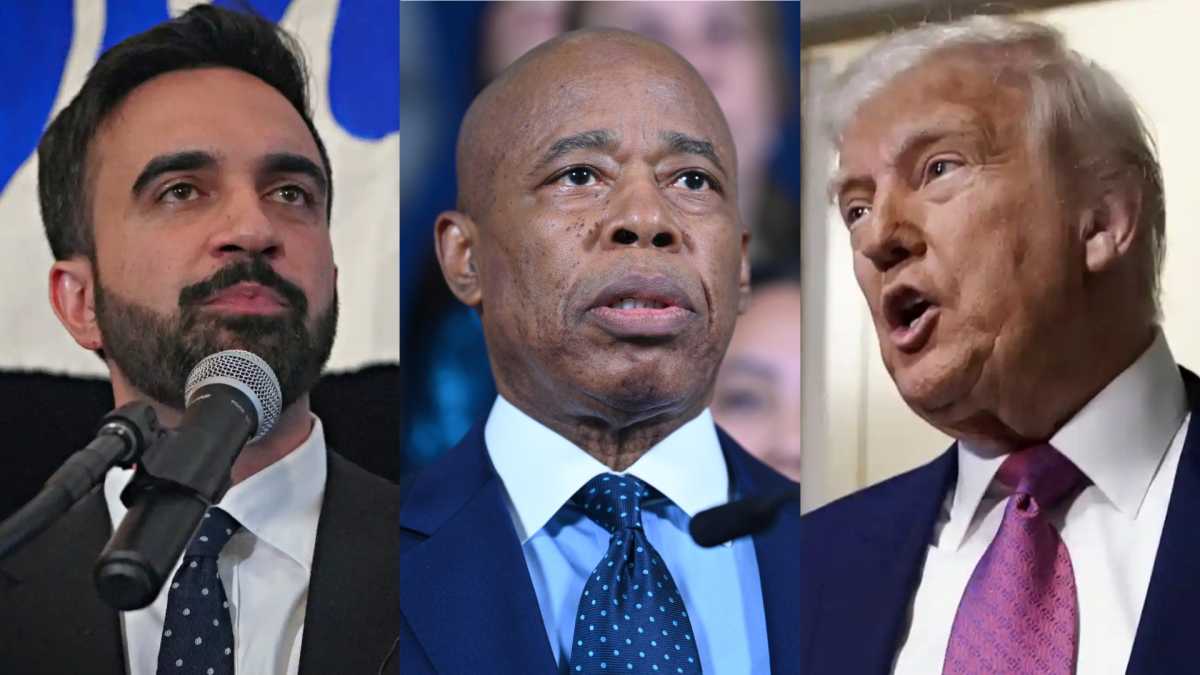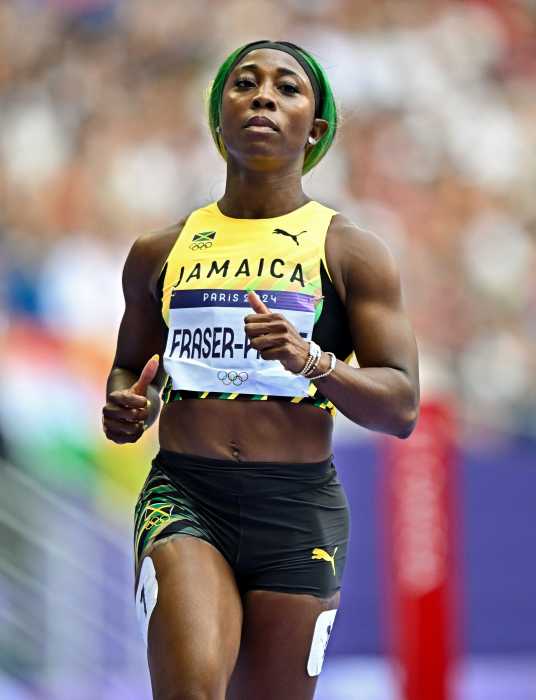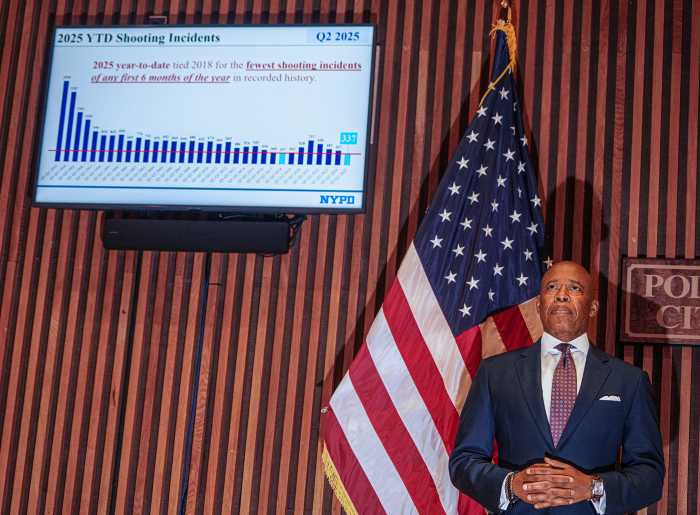Brooklyn Papers Cyclones Coverage JULY 30, 2005 ISSUE
After all the years, Dodgers champs
The famous headline from the front page of the Oct. 5, 1955, Daily News screamed, “Who’s A Bum?” It was held up by a fan Saturday at a joyous and poignant parade around Keyspan Park.
Under the headline was Willard Mullin’s cartoon of the “Brooklyn Dodger Bum,” an unshaven, sad-sack with similar looks to clown Emmett Kelly, smiling in triumph.
Although known for years as “Dem Bums,” the Brooklyn Dodgers won post-World War II pennants in 1947, ’49, ’52, ’53, ’55 and ’56. But it was in ’55 that they won their first, and only, World Series.
A few hours before Saturday’s Cyclones’ game against Jamestown, approximately 15 miles from Keyspan Park, was a baseball game featuring the team that left Brooklyn nearly 48 years ago.
The uniforms on this team at Shea Stadium say “Dodgers,” but their only connection to Brooklyn was their announcer, Vin Scully, still announcing games after starting his career here.
So the true Brooklyn Dodger fans, if they could attend a pro game Saturday on Long Island, passed up the current Dodgers in Queens in favor of four Dodgers from the past in Brooklyn.
Did these fans come away feeling cheated?
Fugghedaboudit!
The Dodger Sym-Phony was there, playing “Take Me Out to the Ball Game,” setting the mood.
Then, like gunslingers in the Wild West, four Dodger champions rode into Keyspan Park in 1950s vintage convertibles.
As outfielder George Shuba, and three pitchers — Ed Roebuck, Clem Labine and Carl Erskine — passed, the crowd stood and cheered. Each of the four players riding back into Brooklyn raised his right arm, but these weren’t the bad guys, ready to shoot. Their arms were waving right back. And then they were applauding the crowd.
All of this was being dully noted over the airwaves by Cyclones announcer Warner Fusselle up in the Keyspan Park Catbird Seat, the broadcasting perch named for the booth of famed Brooklyn Dodger announcer Red Barber.
Upon passing the “Who’s A Bum?” newspaper page displayed near the backstop, each Dodger’s face lit up as he saw the headline and cartoon.
“Yeah,” each face seemed to proclaim as the magic elixir of remembrance appeared to take 50 years off each Dodger countenance, “Who’s a bum?”
After the parade, the players sat on the third base side near home plate, and Borough President Marty Markowitz addressed the gathering, noting that his father, a dedicated Dodger rooter, passed away a year before he could witness the World Series triumph.
The crowd was then directed to look to the press box level next to the retired numbers, 14 for Gil Hodges and 42 for Jackie Robinson.
As Erskine looked at those numbers, his misty eyes reflected the thoughts of many. The numbers changed to memories in the mind’s eyes of the crowd.
Suddenly, a banner saying 1955 World Series was unveiled next to the retired Dodger numbers. The crowd shouted its glee.
The four Dodgers and Mrs. Gil Hodges threw out first pitches, and Erskine played the Star Spangled Banner on his harmonica.
The players left to meet with the media, and after awhile, the game began.
The Dodgers were at tables along the third base side of the concourse, signing autographs.
I went over to watch these “Boys of Summer” turned men of autumn sign autographs. The line was about as long as the distance that Sandy Amoros ran to make his game-saving catch in the seventh game of the 1955 Series, but Amoros’ dash had taken seconds. This line had been going for an hour and a half. The Dodgers didn’t have to stay to sign any more. They had done much more than expected. But they stayed.
Erskine was supposed to be signing copies of his new book “What I Learned From Jackie Robinson,” and he did sign numerous copies of his memoir. But Erskine also signed plenty of the day’s giveaway 1955 Dodger banners along with other souvenirs, like 1955 Dodger yearbooks and Brooklyn Dodger hats.
Labine was overdue to go back to his summer home in Rhode Island. He kept signing — like the others — whatever was put in front of him.
Finally, Labine had to leave, but the rest stayed on, even after the game ended.
And it was more than just for autographs. Fans talked with the players, getting that warm Erskine smile, Labine’s witty remarks, and friendly wink from Roebuck and an animated joke from Schuba.
Of the 11 surviving 1955 Dodgers, only these four could make the ceremony. But these men were in no way Dem Bums.
They were the World Series champions in 1955, and on their visit back to Brooklyn in 2005, they were champions once more.
On the field, the Cyclones jumped ahead of Jamestown with a four-run first. After five innings, the Cyclones had a 5-2 lead. Pitching for Jamestown was Todd Doolittle.
A few generations ago, the four Dodgers who signed autographs behind the third base stands were minor leaguers as anonymous as Doolittle is now, and the next time Doolittle pitches he should be watched. But not today.
Today, the story was off the field, in the stands, signing autographs and talking to fans young and old who somehow remember those accomplishments — through passed-down stories or by living through it themselves — as if it were yesterday.


